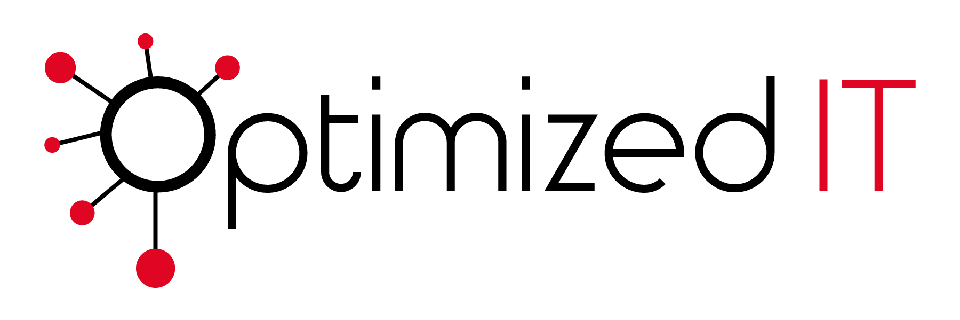While the benefits of technology are pretty limitless, deciding how to use it effectively across an entire company involves planning. It’s not just about deciding which laptops employees should use or how to promote a product via a social media platform. Technology planning is a vital component of a company’s overall business plan. It should be discussed, budgeted for, implemented, and analyzed just as meticulously and often as, say, a marketing plan or staffing plan.
What is Technology Planning, and Why Do You Need It?
Technology planning, in a nutshell, is precisely what it sounds like – having a plan for how technology will be used and incorporated into a company’s operating model. It’s about laying out the big picture first and then breaking it down into pieces that have actions and measurable data.
It’s the what, why, who, how, and the how much all wrapped in a bow.
Successful technology plans are revisited often by internal teams and stakeholders and are reviewed and adjusted accordingly. They should outline what is currently being done, how it’s done, and how teams are held accountable. Technology planning will help businesses see what is working vs. what is not working and provide a working space for new solutions and strategies to be put into place.
Technology plans should also involve a budget component that directly syncs the larger company’s financial model.
So, why do businesses need technology planning? Plans provide specific steps to achieve something and make “pie-in-the-sky” ideas grounded in reality. A plan is a tool for success.
What Steps are Required to Build a Technology Plan?
Technology plans for your Westerville business can always start small and expand. They can be created during a business’s infancy (and as part of the larger business plan proposal) or after a business has already started. Among the key steps involved are:
- Assigning a technology plan owner.
This might be the owner in a small business, but it could be a department head or team leader in a larger firm.
- Figuring out what a company already has.
Plans can start by simply creating a list. What exists? This list should include physical assets like laptops, printers/copiers/scanners, digital cameras, voice recordings, and technology platforms like online document sharing programs, email accounts, websites, or digital invoicing programs.
- Figuring out what a company is missing.
What technology is needed for the business to operate? This is where businesses really start fleshing out the details and thinking through applicable scenarios. Using the list created in #2, you can figure out what is missing and what you need to be successful. This list can include things like desktops vs. laptops, Gmail accounts vs. an account with the company’s name, Dropbox vs. Google Drive for files, or selling products directly through the website vs. using a third-party procurement site.
- Double-check #3 and ensure things align with company goals.
This might include adding more things to the list and scratching some ideas off, which is a good reality check.
- Determine the technology budget and keep revisiting the list.
At this step, a business is starting to see what is affordable. This allows stakeholders to start discussing what should stay and be put in place now vs. what is needed in the future.
- Strategy time.
This involves fleshing out the details. How is it going to be done? It’s also an excellent opportunity to discuss guidelines, processes for approvals, what happens if something needs to be replaced, etc.
- Write the plan.
If a business is still uncertain where to start, there are many resources and online planning templates. It’s ok to use another company´s plan as an example. Having a plan is key, and nobody needs to reinvent the wheel.
Benefits Your Company Will Realize from Technology Planning
Technology planning sets the stage for a business’s success and also helps in the following areas:
- Teamwork and collaboration
- Short term vs. long term goals
- Staying current with technology trends
- Understanding competitors
- Customer service responses
- Customer experience
- Establishing lines of feedback for products and services
- Developing a customer community
- Maximizing employee productivity
- Saving money by being intentional with technology purchases
- Supporting employee technology training
The most significant benefit, though, is that plans give teams and business owners the foundation for making decisions aligned to company goals.
If technology planning sounds like a great idea for your Cincinnati or Columbus business, contact OIT today to learn more.



Leave A Comment
You must be logged in to post a comment.